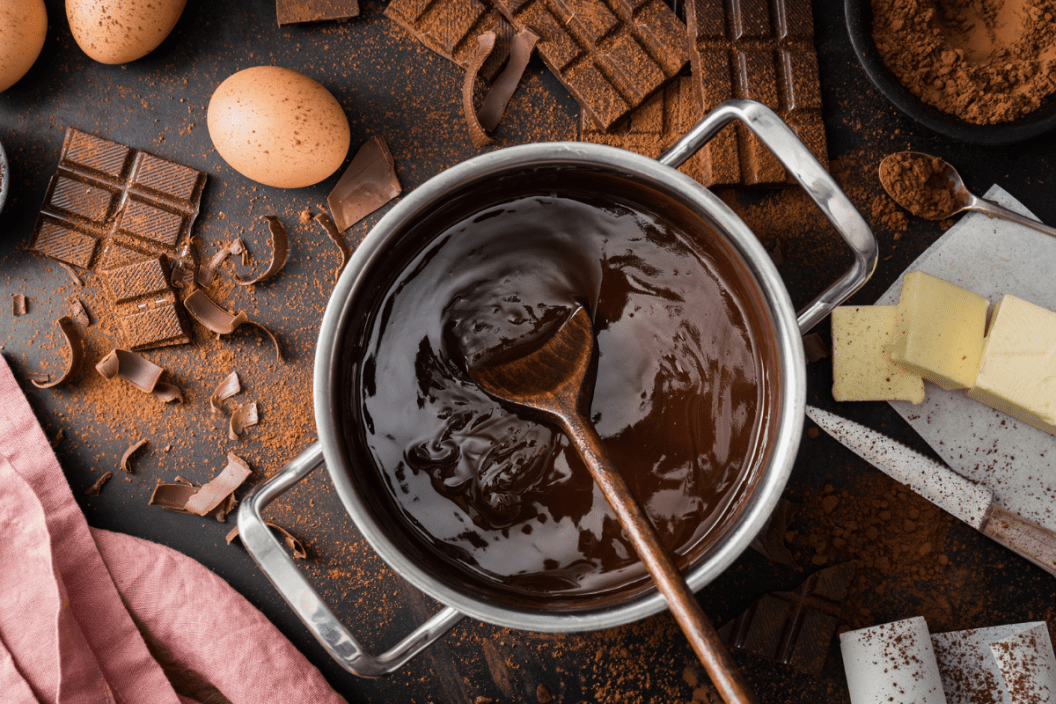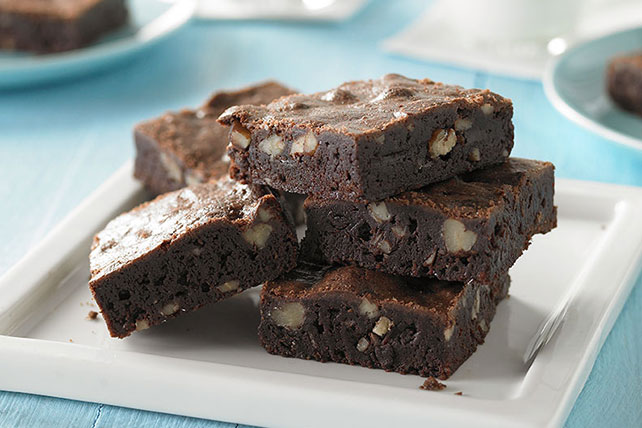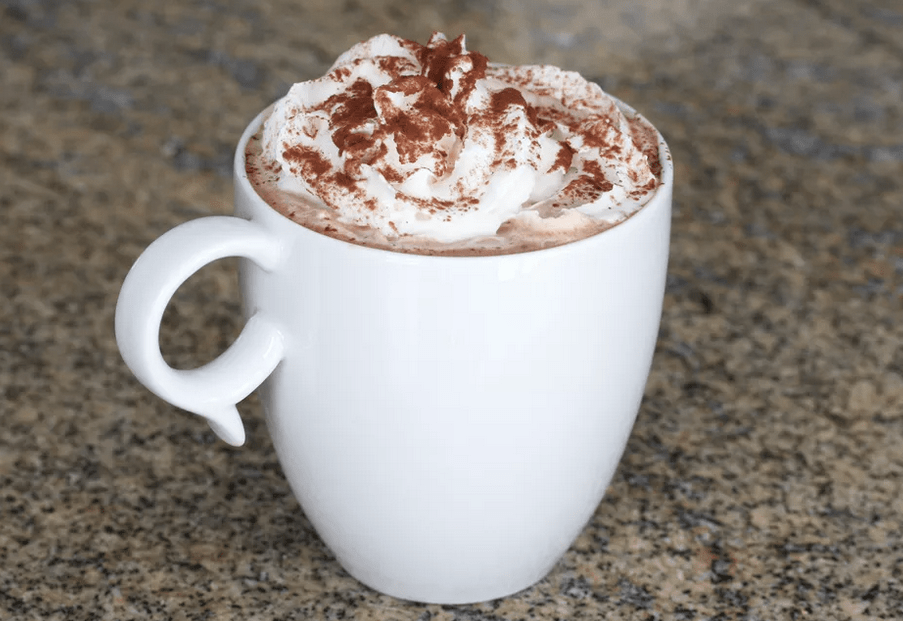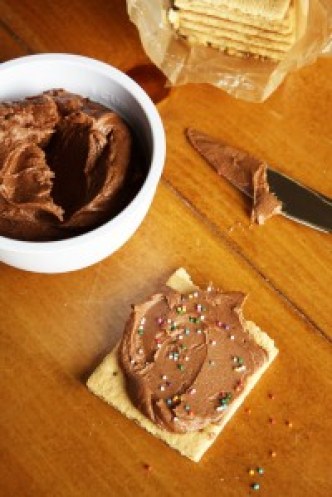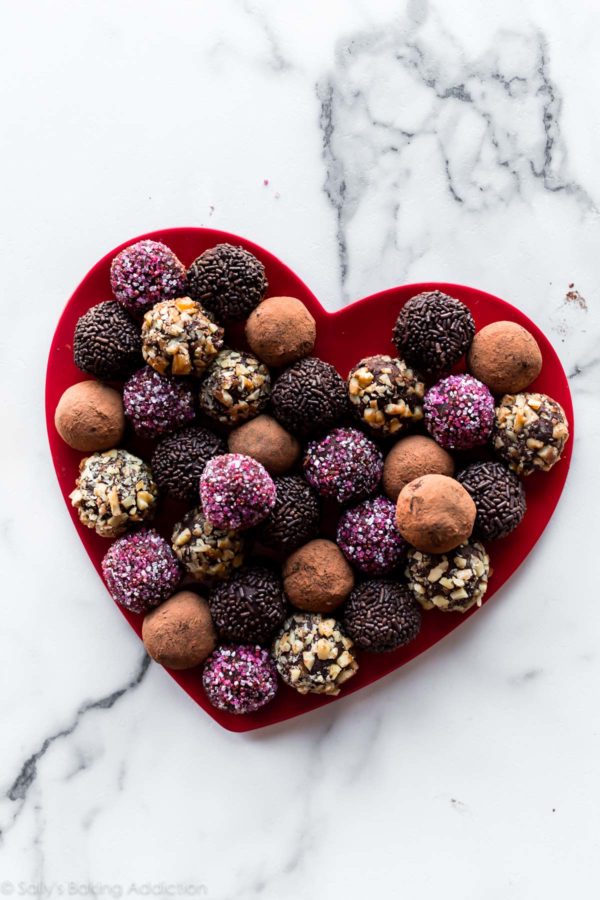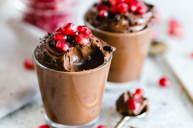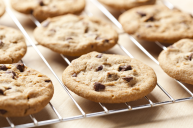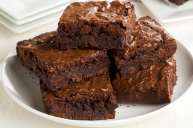I'm not kidding when I say there are no fewer than three bars of Baker's Chocolate currently sitting in my kitchen cabinet. No matter how much other chocolate I have on hand (cocoa powder, dutch-process cocoa powder, dark chocolate chips and semi-sweet chocolate chips, because that's how I roll), I always keep baking chocolate around because there are so many recipes where it works just as well or better than other chocolate.
Videos by Wide Open Country
If you're not familiar with baking chocolate, here's everything you need to know about how to use it, a little bit of history on who invented it, plus four recipes you're definitely going to want to try, including what really is the best one-bowl brownie recipe ever.
Baking Chocolate 101
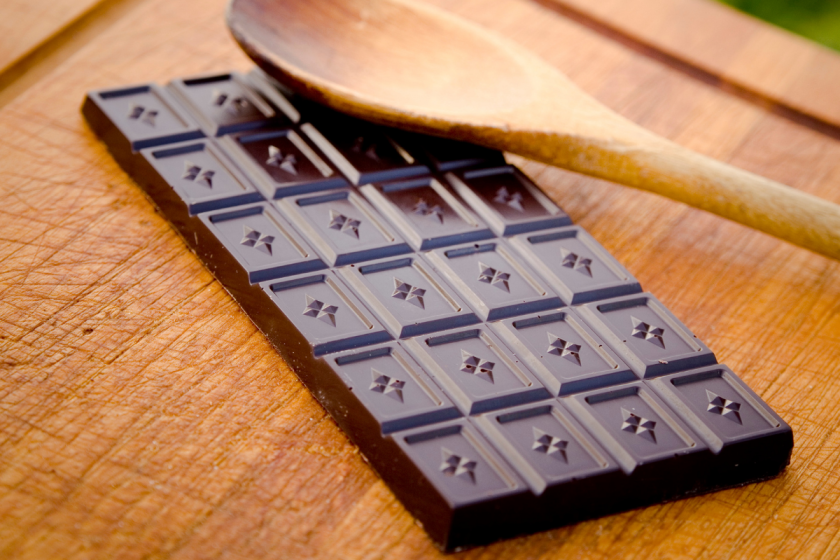
What's baking chocolate? It's 100 percent ground cocoa beans (also called chocolate liquor). More simply put, baking chocolate is pure, unsweetened chocolate. This is not a chocolate bar meant for snacking. Chocolate in it's most basic form is bitter; baking chocolate is meant to be used in recipes where you add some kind of sweetener. It's sold as a baking bar because it ends up being chopped, grated or melted for use in a recipe.
Once chocolate makers start adding sugar, vanilla and (usually) emulsifiers like lecithin, it turns into bittersweet chocolate, semisweet chocolate or milk chocolate, depending on the amount of added sugar.
What Are the Types of Baking Chocolate?
When you see a note on the package of chocolate for 60% cacao or 53% or 80%, that's the amount of the bar that came from the cacao bean, meaning how much chocolate liquor and cocoa butter is in the chocolate bar (or chocolate chips; most producers are including that information on packaging these days). The percentage doesn't mean anything about the ratio of liquor to butter, which is what makes the chocolate darker (more chocolate liquor, less cocoa butter). Most milk chocolate has around 10% cacao. Generally speaking, the higher percentage of cacao, the less sugar the chocolate has.
There are a few different types of baking chocolate, each suitable to different recipes. Unsweetened chocolate is chocolate in its most basic form, with no extra sugar or flavorings. This type is used in chocolatey recipes like cakes, brownies and cookies, in which sugar will be added to balance out the bitterness. Another common type is bittersweet chocolate, which is usually between 60% and 72%. This kind of baking chocolate tastes just like dark chocolate made for eating, and it's perfectly fine to snack on as you bake.
Another type of baking chocolate is semisweet chocolate. As similar as it sounds to bittersweet, this kind has its own particularities and uses. Semisweet chocolate has 35% to 55% cocoa, making it sweeter than bittersweet or unsweetened. This makes it ideal for recipes that require a sweeter flavor, or where chocolate is just an extra flavor rather than the main one, like chocolate chip cookies.
To get even sweeter, there's also milk chocolate baking chocolate. This has at least 10% cocoa, but also contains sugar and cocoa butter, and is substantially sweeter than other baking chocolates. Your classic Hershey's bar is milk chocolate, to give some perspective. Along with this, there's white chocolate, which has its own unique flavor and can be a tasty addition in brownies, macadamia nut cookies, and chocolate chip cookies.
In the grocery store, you'll find baking chocolate in the baking aisle, usually right above the chocolate chips and below the cocoa powder. And the brand you will always, always find there is Baker's Chocolate.
Baker's Chocolate
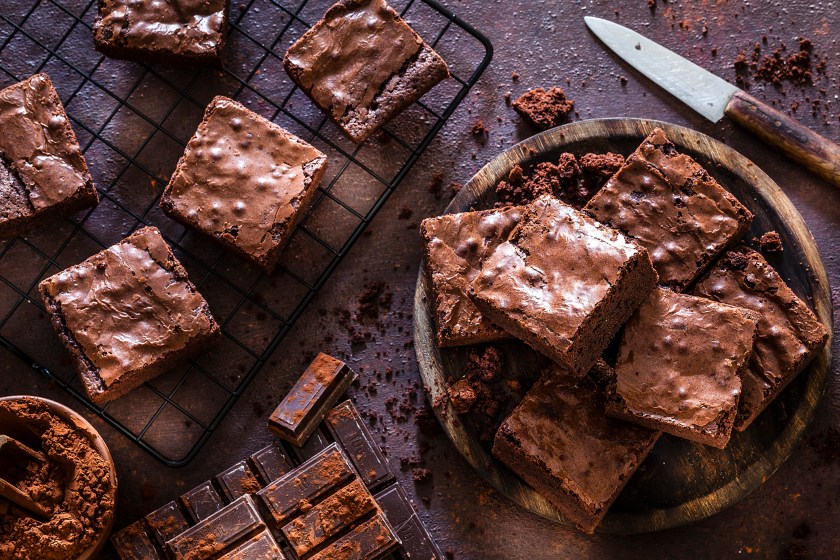
Getty Images/ fcafotodigital
The granddaddy of all baking chocolate is Baker's Chocolate, which has been making unsweetened chocolate since 1780. But get ready for a twist in the story, because the brand name isn't because the chocolate is used for baking. In fact, the chocolate was originally used as the main ingredient in a sweetened chocolate drink.
In 1764, two Massachusetts gentlemen started importing cacao beans and producing chocolate: John Hannon and James Baker. Baker, who was a physician, and Hannon marketed the chocolate as a health food for elderly people. It was noted to be easily digestible, and a "real food containing all the nutritive principles."
In 1779, Hannon disappeared on a sailing trip to the West Indies and his wife sold the company to Baker, and the company became the Baker Chocolate Company. The company stayed in the family until 1896, first under Baker's son Edmund, and then Edmund's son, Walter.
Henry L. Pierce, Walter's step-nephew took over the company in 1854. He changed the name to Walter Baker & Company, added the La Belle Chocolatière logo, and started advertising the chocolate in newspapers and grocery stores around the country.
After Pierce died in 1896, the company was sold to Forbes Syndicate, then to the Postum Cereal Company (better known as General Foods) in 1927. When Kraft Foods acquired General Foods in 1989, Baker's Chocolate became part of the Kraft family of brands; today, it's owned by Kraft Heinz.
Baker's Chocolate may be the earliest unsweetened baking chocolate producer in the United States, but today there are several others you can find sitting next to the iconic box in the grocery store including Ghirardelli (founded in 1852) and Scharffen Berger (founded in 1997). Or you can go French with Valrhona (founded in 1922).
When should you use baking chocolate?
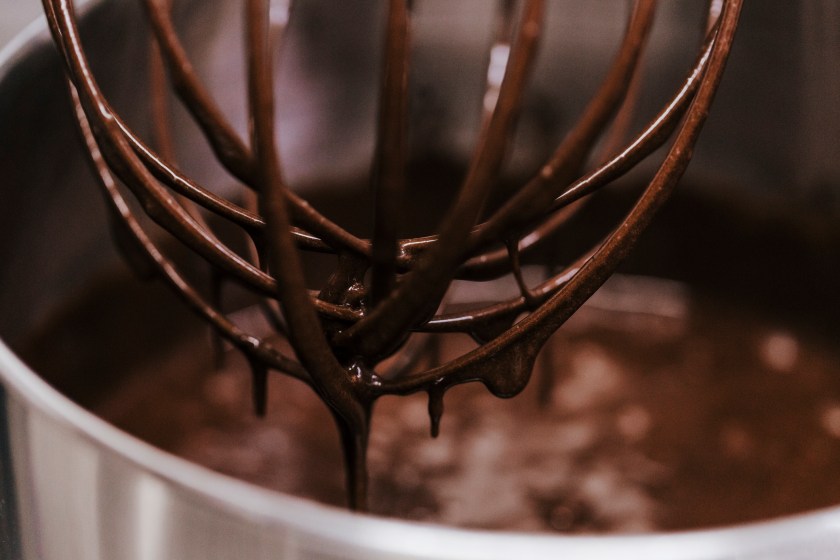
Getty Images/Eva Blanco
You can use baking chocolate in any recipe that calls for chocolate chips, a chocolate baking bar or melting chocolate. Just don't eat it straight out of the box unless you really like bitter chocolate; this chocolate has no sugar. If your recipe calls for sweetened chocolate, you'll need to adjust the amount of sugar in the final mixture.
If you're trying to cut down on sugar, using unsweetened chocolate is a great way to control the amount of sugar you use in any baked good. It's also gluten-free and is typically vegan (always double check the package since even premium brands may make baking chocolate on the same production lines as they use for items with dairy or gluten, which could lead to cross contamination).
For inspiration, here are a few recipes that specifically call for baking chocolate.
Baker's One Bowl Brownies
This might be my most-used recipe, though I riff on it constantly to create variations (see above re: all the chocolate I keep in my kitchen cabinet). The recipe is printed on the inside of the Baker's Chocolate box, but it's so easy that once you make it a couple of times, you'll have it memorized. (Then you can start swapping into walnuts instead of pecans, adding dark chocolate chips, adding mint extract and topping it with crushed peppermint sticks or, my favorite variation, adding espresso powder, whiskey and Bailey's for Irish coffee brownies.
Get the recipe at My Food and Family.
Old-Fashioned Hot Chocolate
Baker's Chocolate was originally sold as a health drink, which means that you can drink all the hot chocolate you like and not feel guilty about it. This version gives you an intense chocolate flavor and lets you adjust the amount of sugar to your preference, plus you can customize it by adding cinnamon or nutmeg, topping it with whipped cream or marshmallows or adding in espresso for a mocha variation.
Get the recipe at The Spruce Eats.
Favorite Chocolate Frosting
Frosting doesn't have to be intimidating. This easy chocolate frosting recipe comes together quickly; as long as you keep baking chocolate and powdered sugar in your cabinets, you can have this treat on top of your favorite cake in no time flat.
Get the recipe at Lulu the Baker.
Homemade Chocolate Truffles
Want to really impress that cute person you've got a crush on? Give them homemade truffles. No, really, I know it sounds like a chocolate disaster waiting to happen, but making truffles is really easy as long as you follow the recipe and instructions (this one isn't a time to riff on the basic recipe) and have a little bit of patience since basically you're waiting on chocolate ganache to firm up enough to roll. Don't worry about making perfectly round truffles (imperfections are adorable, especially when they're chocolate and given as a thoughtful gift). You can be creative on what you roll the truffles in: cocoa powder, sprinkles, nuts, sanding sugar, more chocolate.
Get the recipe at Sally's Baking Addiction.
This article was originally published on February 13, 2020.
